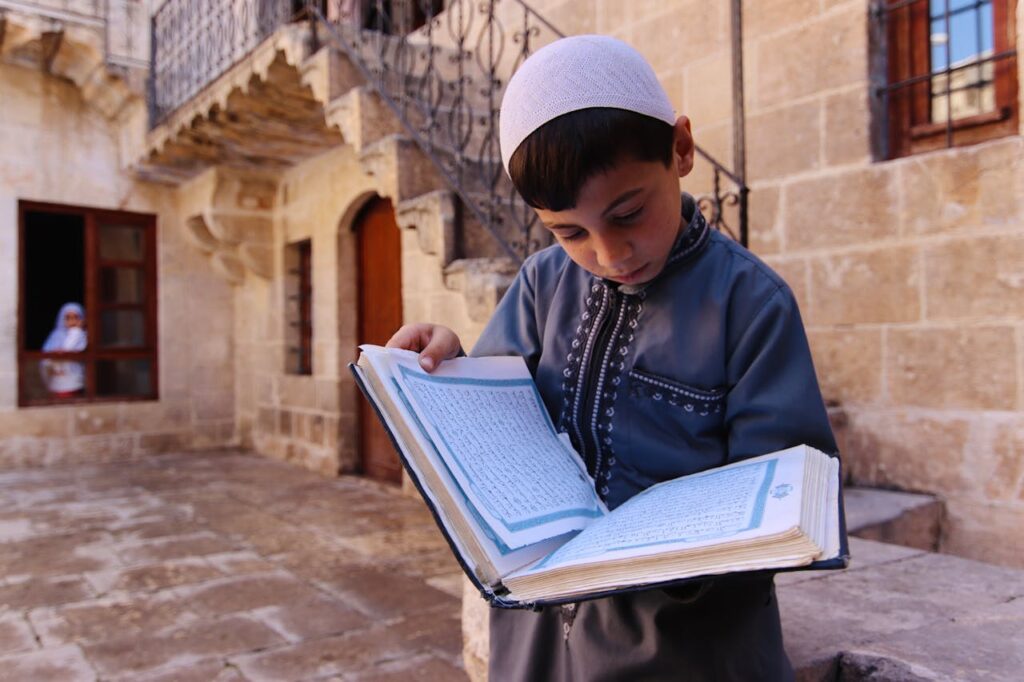Urban Religion: How Urbanization Affects Religious Practices
Urbanization has transformed human societies at its core level while reshaping cultural patterns alongside economic systems.
Religious practices undergo major changes because urban living continues to expand with less attention being paid.
Religious traditional customs transform as cities build up while population numbers expand in order to fit the new technological society of urban centers with their fast speed and diverse makeup.
This blog studies the religious adaptation process within modern cities along with the spiritual challenges faced by religious communities and the transformations of urban environments on such practices.
The Evolution of Religious Practices in Urban Areas
Changing Worship Patterns
People in rural communities organize most of their lives around religion by observing regular public rituals and communal prayer alongside religious festivals.
Traditional religious service attendance decreases because urban residents face long work days combined with extensive travel times and along with new modern living methods.
The urban population faces challenges keeping up with religious obligations to the same extent as their rural religious community.
Religious institutions operating within urban areas now provide flexible service schedules along with online sermons and abbreviated religious ceremonies due to decreased attendance.
Rise of Digital Worship and Online Communities
The increasing presence of technology led to digital worship becoming increasingly popular throughout urban areas.
People who cannot attend physical places of worship can join religion-based live streams and virtual prayer sessions through mobile apps followed by church members.
Modern religious practices receive significant influence from the widespread use of social media.
Virtual communities based on faith and Bible and Quran studies together with digital meditation groups have become popular among contemporary urban church members.
Religion has become easier to access through technology since it provides services suitable for young professionals together with people who encounter mobility issues.
The Impact of Religious Diversity in Cities
Coexistence of Multiple Faiths
The urban community consists of numerous ethnic and religious backgrounds that coexist in one place.
Urban areas differ from rural areas because cities attract religious followers from numerous distinct beliefs.
This diversity fosters interfaith dialogues, cultural exchanges, and greater religious tolerance.
Faith communities throughout metropolitan areas link their resources for charity purposes which results in enhanced social harmony and greater spiritual understanding among groups.
Religious diversity often produces various tensions since conflicting beliefs exist between different religious groups.
Governments together with religious leaders need to establish programs that build respect between different faith groups across the community.
Secularism and Individual Spirituality
Modernization of urban societies produces mass migration towards non-religious spiritual practices among the population.
People’s religious affiliations usually change because of their exposure to diverse beliefs as well as scientific development and cultural transformation.
The population of urban residents pattern themselves as spiritual and not religiously affiliated (SBNR) instead of adhering to conventional religious dogmas while practicing meditation and yoga and mindfulness.
Some religious organizations in urban areas developed fresh interpretations of faith to suit modern values so younger people would find religion attractive.

Challenges Faced by Religious Communities in Urban Areas
Space and Infrastructure Constraints
Urban religious communities face their greatest obstacle because of insufficient space availability.
Religious institutions face obstacles in expanding their spaces because high real estate prices along with zoning restrictions are factors which they must overcome.
The ongoing urban densification has made building new temples along with churches and mosques and synagogues practically impossible for religious groups.
Religious organizations have started using rented multipurpose facilities alongside office space conversions and outdoor worship services taking place in public green spaces.
Multiple faith groups can conduct their religious activities from the same building through shared worship arrangements among certain communities.
Declining Religious Participation
Religious involvement decreases when cities grow because urban life produces independent citizens who lose their faith in religious practices.
Youth people along with students who are building their careers place more importance on social activities and entertainment than following traditional religious customs.
Religious teachings receive skepticism due to the influences of media together with education and scientific viewpoints.
In response religious organizations now apply innovative outreach programs such as youth programs and social service projects and community events to provide meaningful faith-based engagement opportunities for people.
How Urbanization is shaping the Future of Religion
The Role of Interfaith Initiatives
Interfaith initiatives rise in importance each year because city development continues to grow.
Religious leaders within urban areas actively participate in discussions and peace programs and community development projects which foster religious unity between different faith communities.
These programs serve as fundamental tools in opposition to religious discrimination and they function to stop conflicts as well as develop mutual respect.
Educational programs in schools, universities and community institutions integrate interfaith education to build inclusive beliefs for young people.
The Future of Worship Spaces and Practices
Religious practices in urban areas will keep adapting in ways that are difficult to predict for the coming years.
Modern urban living brings about religious institutions which combine computer technology with portable ceremonies and multipurpose facilities for worship purposes leading to religion’s increased flexibility.
Many urban communities have started developing small religious groups which combine personal worship together with community involvement instead of following institutional religious practices.
The growing trend includes socially active religious movements and eco-conscious movements which address major global problems including climate change alongside poverty and social justice issues.
The development of cities will establish faith communities as main influencers for both ethical urban policy-making and sustainable living methods.
Conclusion
Religious practices have become greatly impacted by urban development because it modifies both public prayer rituals and community involvement patterns together with spiritual worldview perspectives.
Religious communities survive through adaptive practices and innovative solutions which made them stay relevant in contemporary urban environments despite ongoing challenges
. The blending of traditional religious principles with contemporary urban perspectives will establish a faith system built for city centers which face increasing populations.
Frequently Asked Questions (FAQs)
How has urbanization changed the way people practice religion?
City life has created adaptable digital worship methods such as virtual prayer communities and e-religious apps and online church services.
Urban city residents practice interreligious dialogue and nontraditional spirituality which provides flexible adaptations to religious practice.
Why is religious participation lower in cities compared to rural areas?
The combination of rushed schedules and numerous community perspectives alongside the spread of non-religious beliefs leads people to participate less in religious activities within metropolises.
The combination of work commitments alongside education requirements and social events makes urban people reduce participation in traditional religious activities.
What challenges do religious communities face in urban environments?
Urban religious communities confront numerous difficulties brought by insufficient worship facilities combined with lower attendance numbers and shifting social beliefs.
Prescription-high property rates together with zoning restrictions and the prevailing trend of individualistic behavior make it difficult for conventional religious organizations to effectively bond with their communities.
Also read: Urban Noise Pollution: Health Risks and Mitigation Strategies

